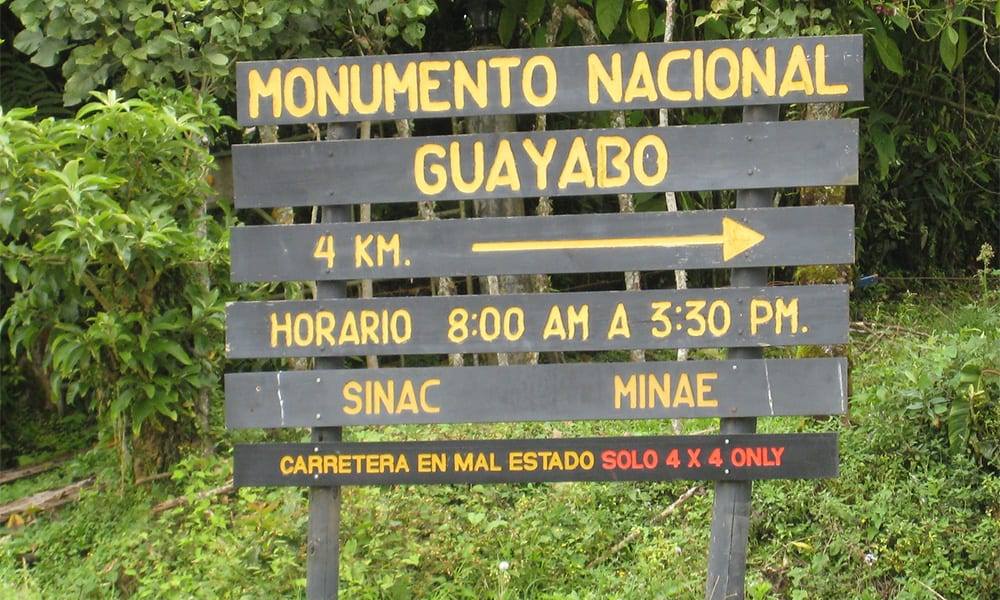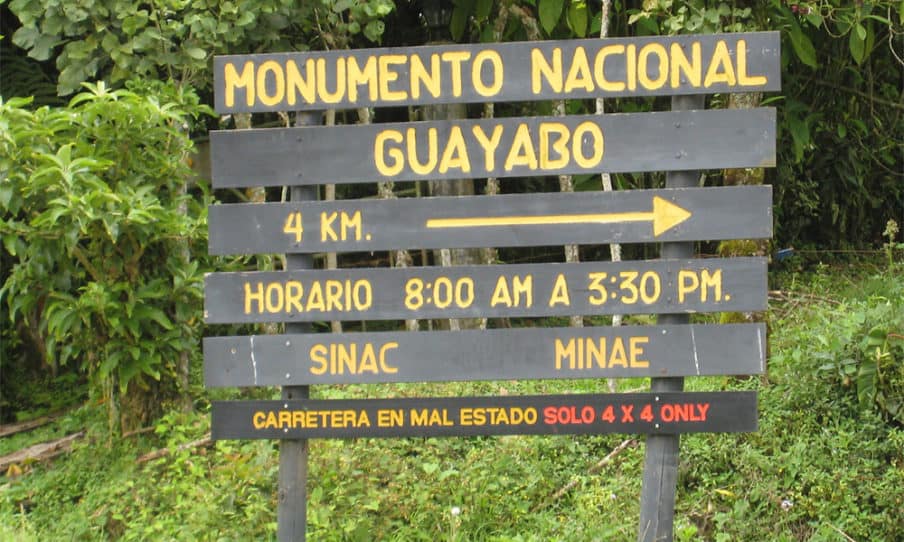
Nestled in the lush forests of Turrialba stands one of Costa Rica’s most intriguing and overlooked historical sites – the Guayabo National Monument. This preserved archaeological complex contains the expansive ruins of a major city inhabited by indigenous peoples from 1000 BC to 1400 AD.
Walking through Guayabo offers a glimpse into pre-Columbian life on the isthmus and the mysteries surrounding its eventual abandonment. Its intricate stonework and strategic location showcase the sophistication of Costa Rica’s earliest civilizations.
Discovery of the Ruins
The remnants of Guayabo were first stumbled upon in 1968 when a local campesino was clearing forest to graze his animals. Realizing the stone bricks and aqueducts were original structures, he alerted researchers to the site.
Archaeological excavations soon commenced, revealing an advanced city populated by thousands during its 2,300-year occupation. Sitting at the apex site is the “Holiest Place”, likely an influential ceremonial and political center.
While Guayabo had been briefly mentioned in 17th century Spanish colonial documents, this marked the first time its grandeur was fully unearthed. It expanded knowledge of sophisticated pre-Columbian peoples who dominated Costa Rica long before European contact.
Layout and Features of the City
Spanning nearly 250 acres, Guayabo contains paved roads, bridges, plazas, tombs, petroglyphs and over 200 round-shaped houses made of brick, wood and straw.
It demonstrates ancient engineering capabilities, including aqueducts diverting rivers to supply water throughout the complex. Channeled runoff systems reduced erosion on slopes.
The site’s strategic position took advantage of surrounding mountains, rivers, and fertile lands ideal for farming corn, root vegetables and guava. Its elevation offered a cooler climate compared to Costa Rica’s coastal plains.
The most intricate structure is the Pizote Aqueduct, containing overlapping bricks which allowed water to flow underneath floors to prevent infiltration. Its advanced hydraulic technology continues to impress modern engineers.
Archeological Insights
Experts estimate Guayabo supported a population of around 10,000 at its peak. It served as a political, social and religious hub networked with smaller villages.
Excavated tombs suggest a stratified society headed by an elite governing class that oversaw construction of temples and civic works. Jade and gold ornaments were important status symbols only accessible to higher ranks.
The remote setting provided natural defenses but allowed trade to flourish between communities via an extensive network of roads and trails. Evidence of cocoa use indicates contact with peoples along the Caribbean coast.
While Guayabo society was ordered, experts are uncertain what led to its mysterious demise by 1400 AD. Theories range from catastrophic landslides to climate factors to invasion, though the lack of skeletal remains or burned structures casts doubt.
The rapid exit left many belongings and sacred objects behind, pointing to an urgent evacuation. Guayabo was ultimately enveloped again by jungle which protected its integrity for future rediscovery.
Visiting the National Monument
Guayabo is accessible via the town of Turrialba, 65 kilometers east of San José. From the monument entrance, trails traverse the excavated mounds showcasing aqueducts, petroglyph boulders and partially standing walls.
Well-preserved highlights include the Gran Plaza Circular, Espirales and Petroglifos trails. Information boards illustrate what each area once contained and guide visitors to prime overlooks. The museum exhibits artifacts like metate grinding stones, jade pendants, gold earrings and decorated ceramics unearthed onsite.
While smaller than famous Mayan ruins in Central America, Guayabo holds significance as one of the largest and most important archaeological sites in Costa Rica. Uncovering its history provides insight into the peoples, culture and accomplishments of pre-Columbian societies previously overlooked.
Protection as a National Monument
In the 1960s, concerned citizens pushed for Guayabo to gain official protected status before surrounding lands could be privatized. Their efforts paid off in 1973 when President José Figueres Ferrer declared the ruins a National Monument.
This ensured Costa Rica would preserve the complex and its natural environs for future research and visitors. Today the National Museum of Costa Rica oversees conservation and education initiatives at the site.
Researchers continue studying artifacts and architectural details to understand the region’s earliest settlers. In 2009, UNESCO designated Guayabo a World Heritage Site highlighting its archaeological merits on an international scale.
Ongoing investigations aim to solve mysteries like where inhabitants originated before populating Guayabo, what customs and languages they practiced, and why the civilization ultimately vanished. The site serves as a foundation for filling enduring knowledge gaps about indigenous lifestyles predating the 1500s.
Guayabo’s Enduring Allure
While modern buildings now sit below its emerald hills, the unearthed remains of Guayabo provide a portal into ancient life in Costa Rica. Walking its cobbled trails while gazing up at oval dwellings prompts the imagination to envision past inhabitants going about their days.
Beyond showcasing early advancements in engineering and agriculture, it represents the heritage and accomplishments of native populations often ignored. All who value understanding Costa Rica’s f


